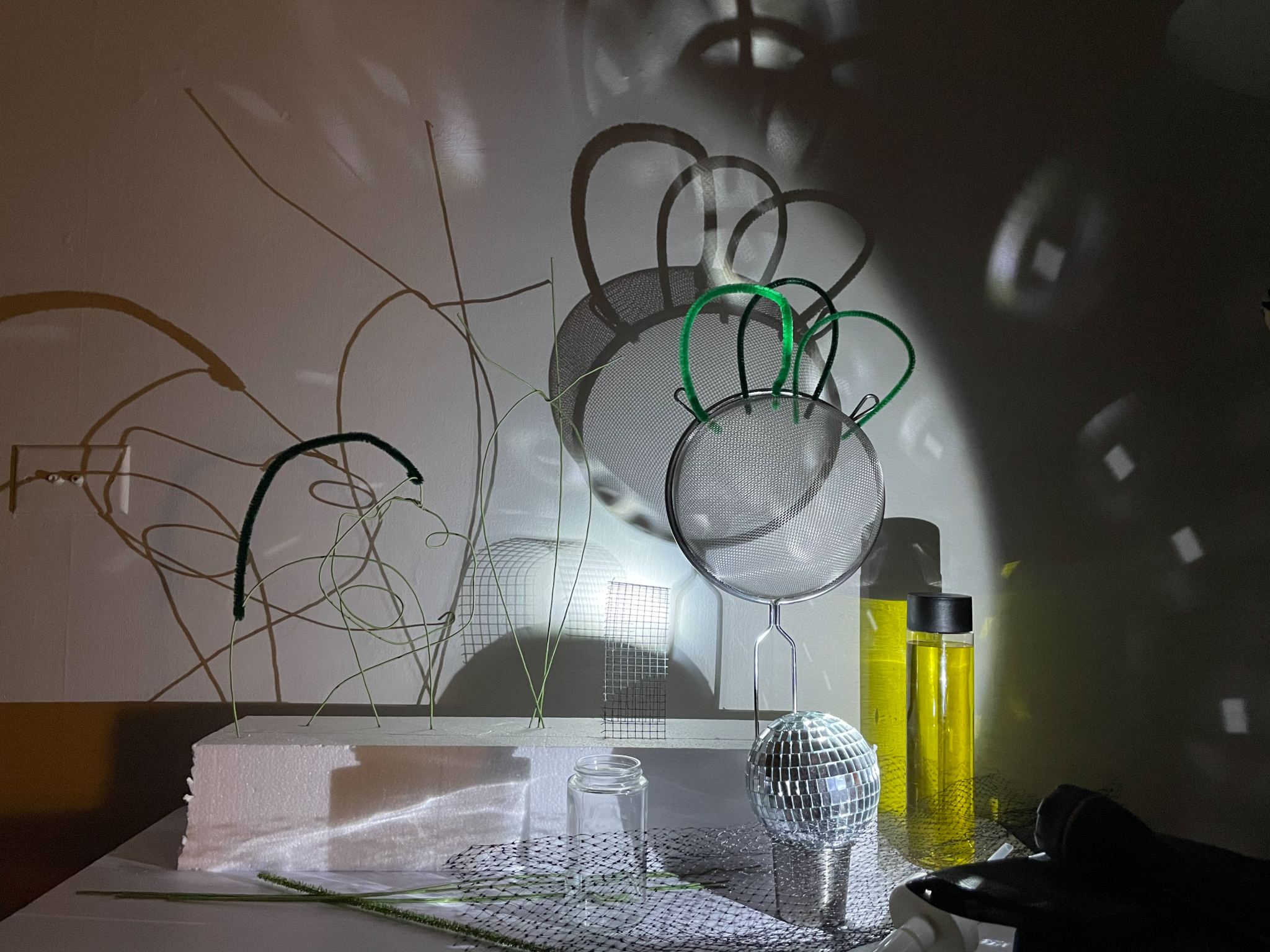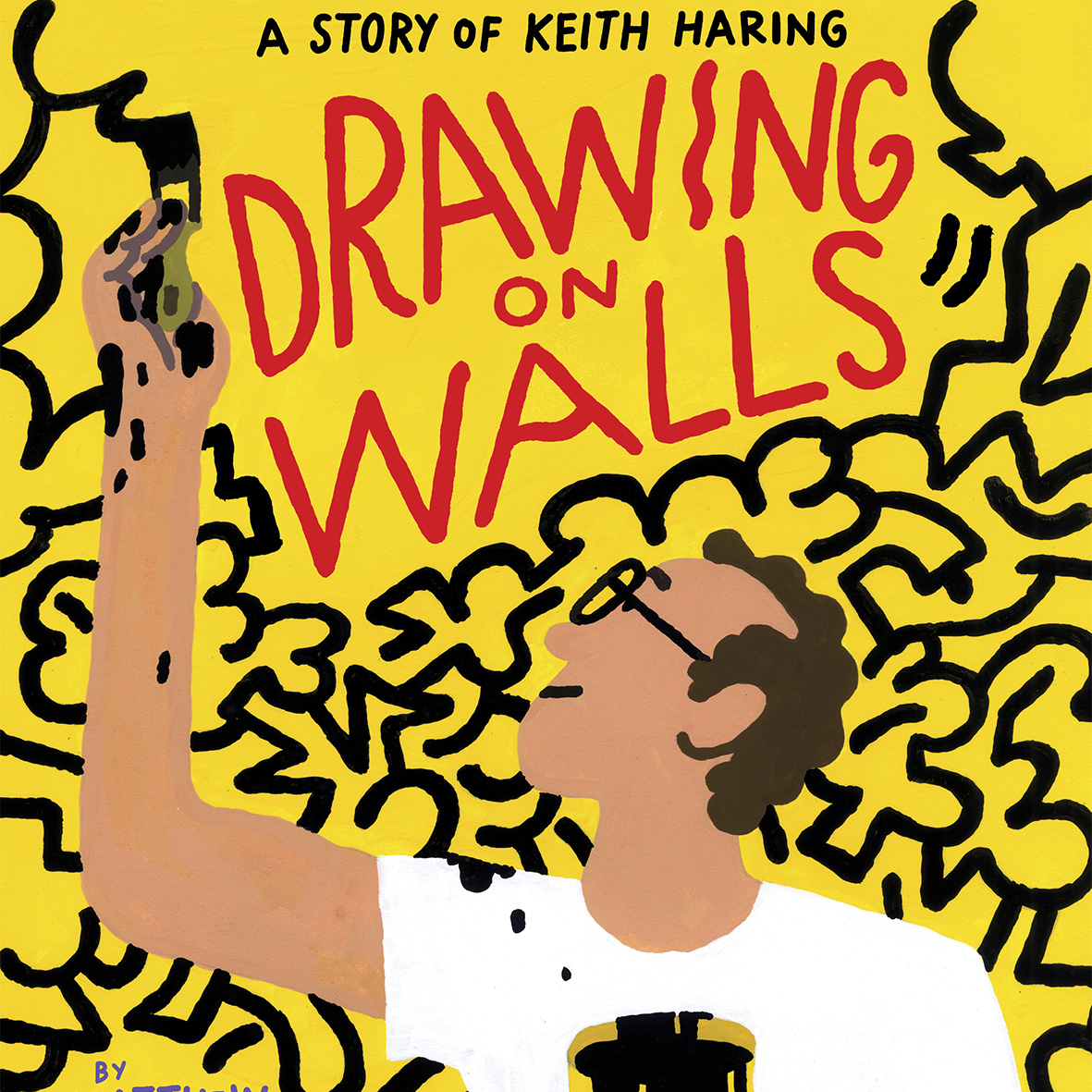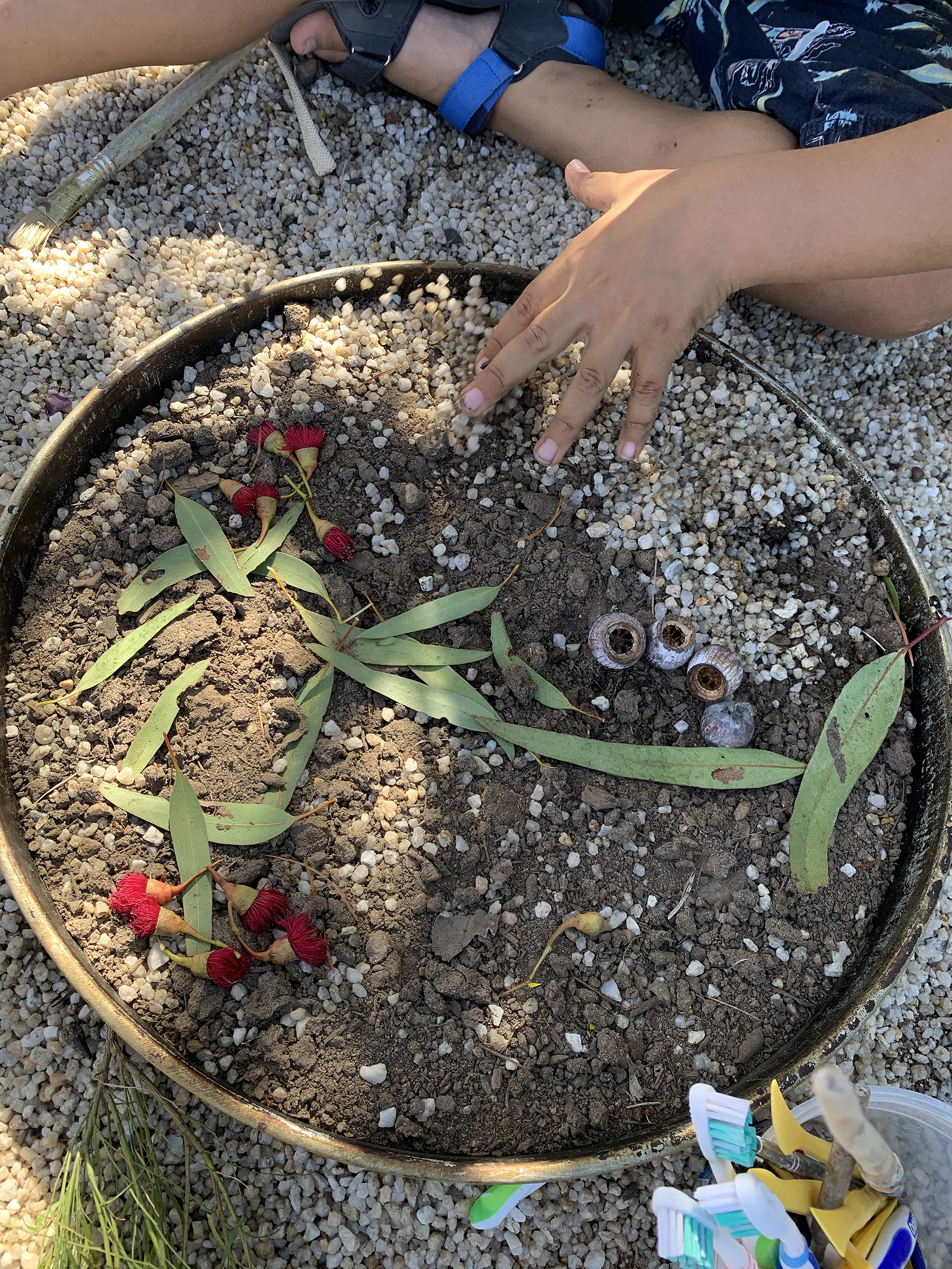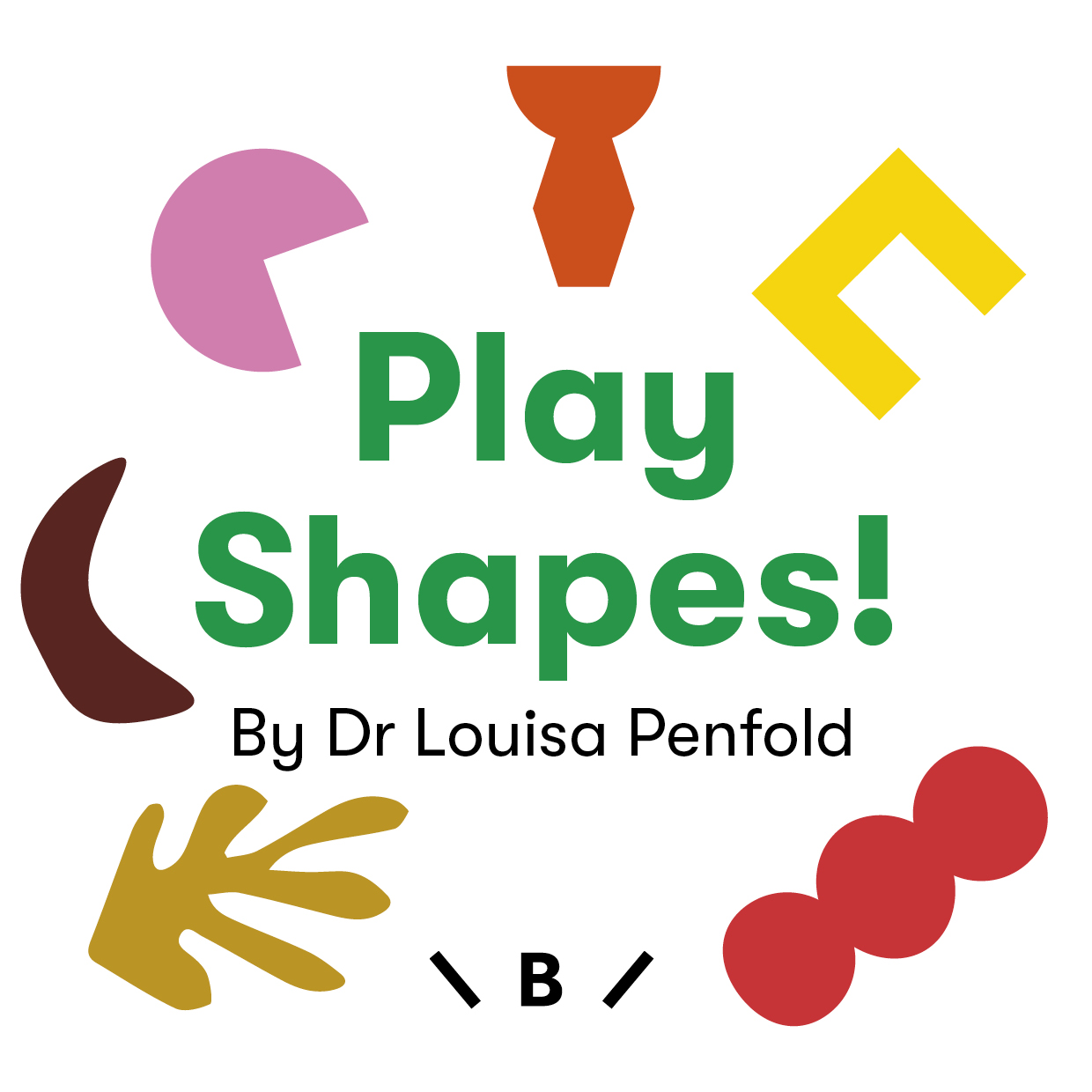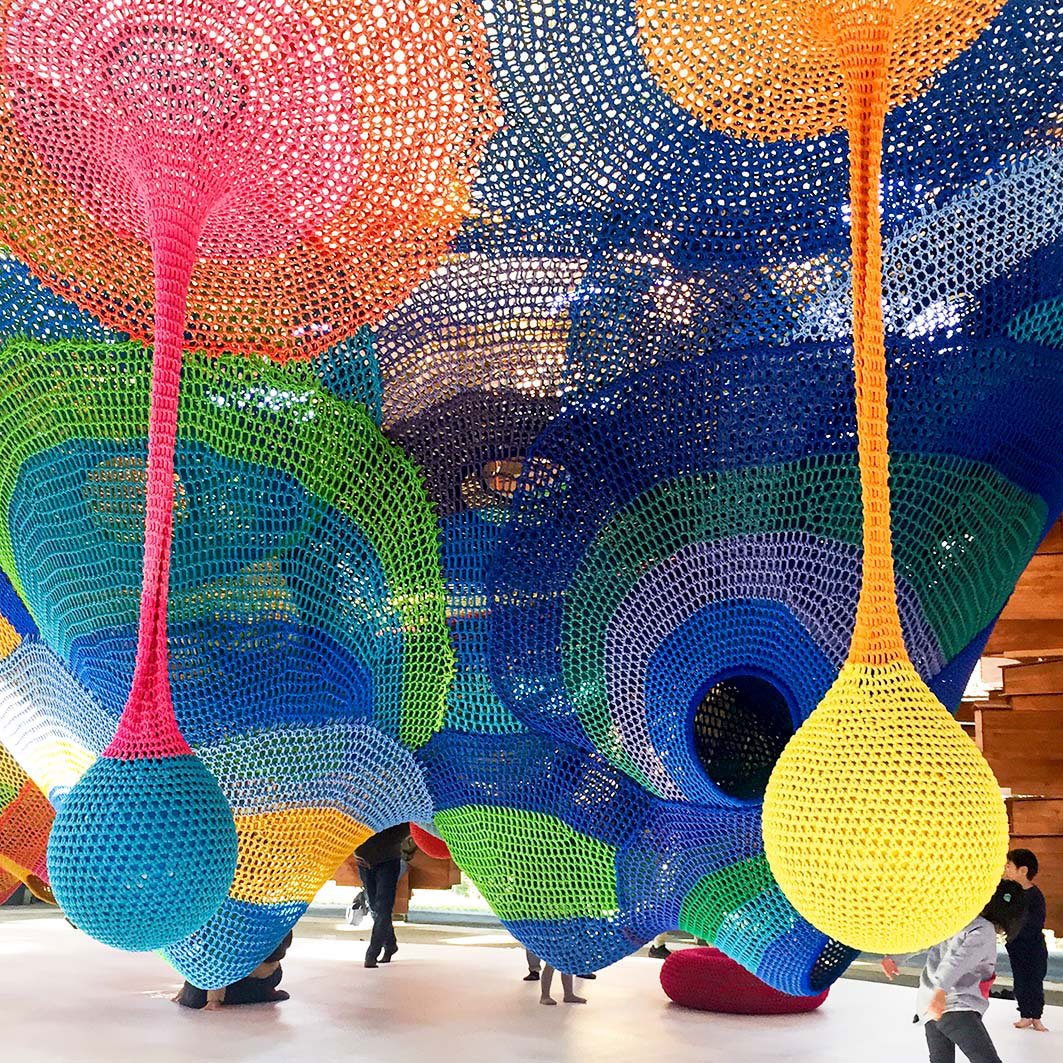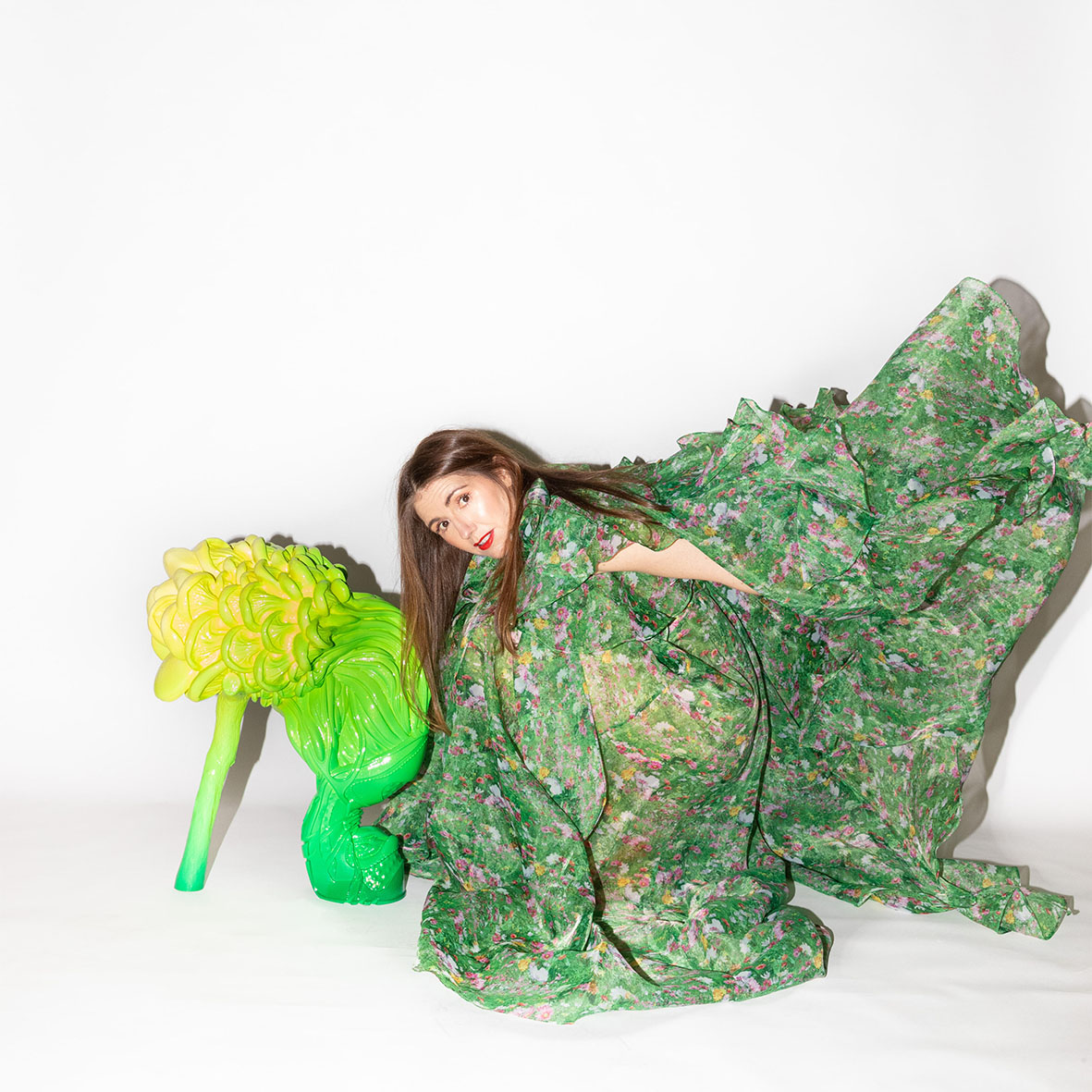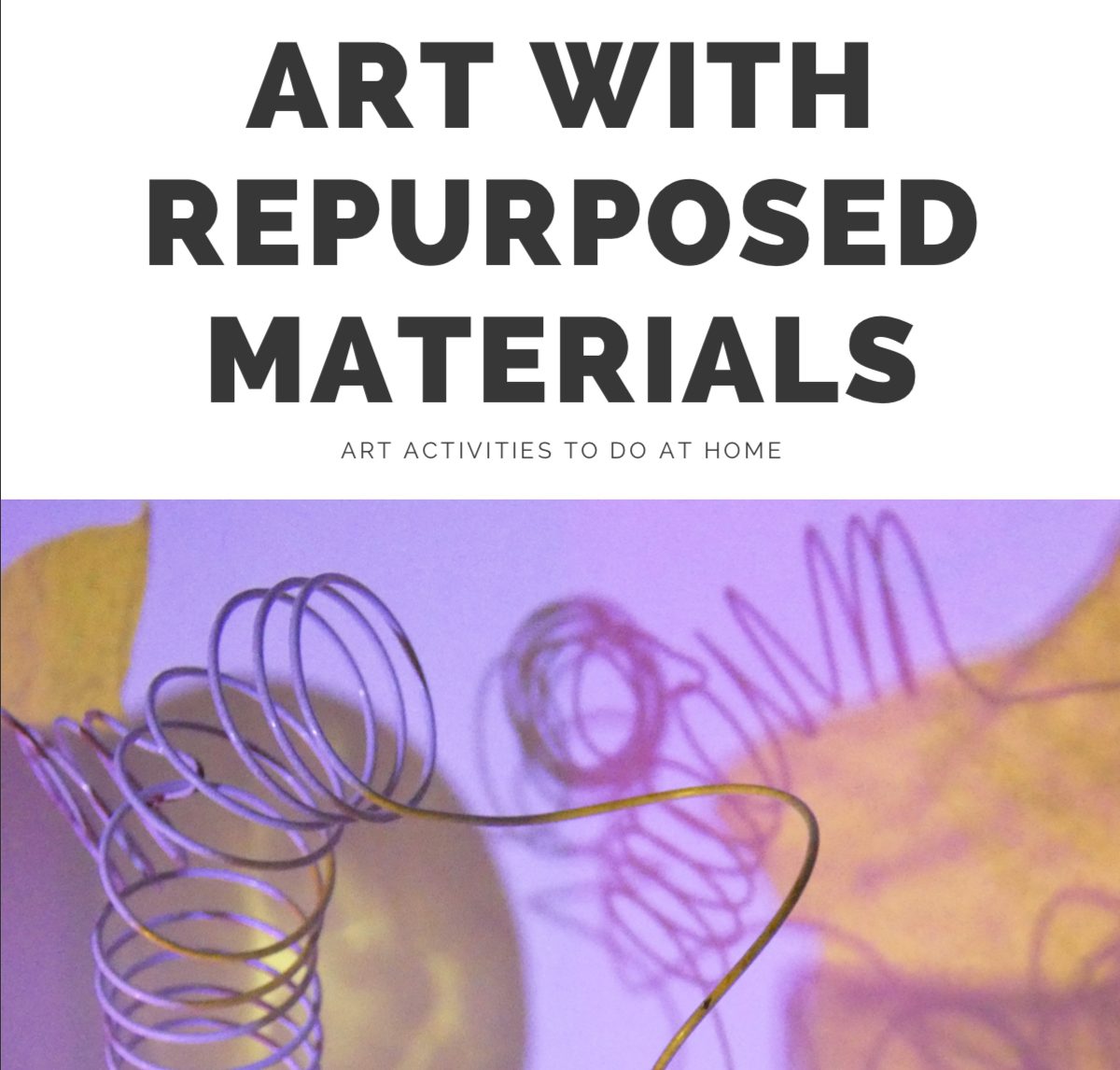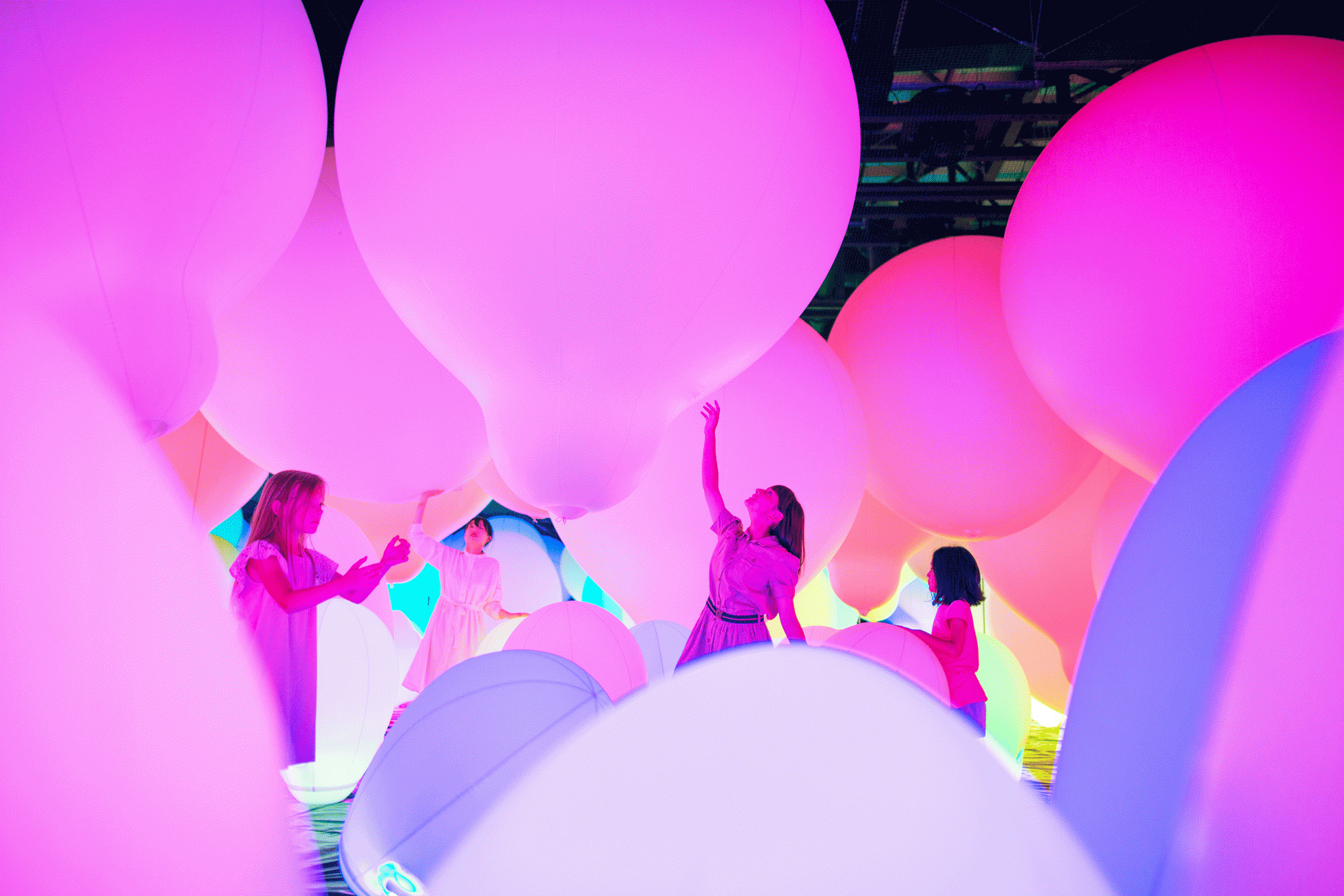Shadow sculptures explore the creative potential of everyday household objects. I love this activity because it is so simple yet also encourages children to learn about light, transparency, opacity, and dimension through hands-on play. What you need A light source: This could be a flashlight, a lamp, cell phone light, or the sunA base: Styrofoam is perfect Mesh materials: Like colanders, graters, vegetable bags, and fly swatsWire objects: Like soft stem wire and chenille sticks.Transparent objects: Like shadow transparencies (download below) and bubble wrapFigurines: Toy animals, cars, figures are great for encouraging storytelling through shadow play. Any unusually shaped object that will make a funky shadow like an indoor plant or kitchen utensils. Setting up the play space Place the styrofoam base in front of a flat wall. Set up the light source so it is shining onto the area. Layout a small handful of materials (for example, the soft…
5 children’s books about famous artists
Great artists don’t just come from nowhere. Their childhood experiences shape who they become and their decision to make a career out of their craft. Some artists are born into wealthy families and some are born into poverty. Some are inspired by a particular culture, religion, or city. Some have a fantastic schooling experience and some are high-school dropouts. No one artist is the same and they all have an interesting story to tell! This post features 5 children’s books about famous artists. These publications are a fantastic way for young children to learn about these great minds and how they came to be! Drawing on Walls: A Story of Keith Haring by Michael Burgess and Josh Cochran (Enchanted Lion Books, 2020, 64 pages, $18.95. Ages 4-8 years) Keith Haring loved to draw! In fact, he drew everywhere he went. One of his favorite canvases was unused advertising billboards on…
Make a soil tray
Pic: Louisa Penfold With lockdown restrictions being eased, the outdoors (except for playgrounds) is being flagged as one of the most ‘socially-distance friendly’ play spaces for children. Creativity and nature go hand-in-hand. This post shares how you can experiment with ‘soil trays’ as a land art activity with kids! Soil trays are a wonderfully open-ended art activity you can do with young children. The soil itself acts as a ‘blank canvas’ that children arrange natural materials onto. This activity can be done in any natural space including a backyard, a city park, bushland or even at the beach. Nature in art and early childhood education Many artists such as Andy Goldsworthy and Georgia O’Keefe have spent their entire careers exploring nature as a creative material. American architect Frank Lloyd Wright also once famously said: “Nature is my manifestation of God. I go to nature every day for inspiration.” Goldsworthy’s art is talked about…
Free printable for families! Play Shapes
I am so happy to introduce my new Play Shapes resource for families! This is a free PDF print out that is given to everyone who signs up to the Art Play Children Learning mailing list! The resources, which was developed with Beam Editions, features 10 pages of funky, colorful shapes that have been inspired by the art of Josef Albers, Bruno Munari, Henri Matisse, and Geta Brătescu. If you would like a copy, you can sign up to the mailing list here: [mailerlite_form form_id=1] The shapes can be printed on either regular printing paper or transparency film. In this post, I share some activity ideas for what you can do with them! Experimenting with light and shadow You can use Play Shapes to explore phenomena like light, shadow, opacity and translucency. First, print the shapes onto transparency film and cut them out. You can then add art tools, set…
Toshiko Horiuchi MacAdam’s giant crochet sculpture
Last month I was fortunate enough to visit the Hakone Open Air Museum, an outdoor sculpture park located a couple of hours outside of Tokyo. A highlight of the visit was seeing the wonderful crochet play ‘sculptures’ of the artist Toshiko Horiuchi MacAdam. The artwork, titled ‘Knitted Wonder Space 2,’ is a gigantic textile structure that has the appearance of a net suspended in mid-air. The sculpture has a strong architectural quality to it, creating an immersive and sensory-driven play space for children. Toshiko Horiuchi MacAdam’s crochet play sculpture ‘Knitted Wonder Space 2’ at Hakone Open Air Museum On the afternoon that I visited, there was a tribe of toddlers and elementary-aged kids climbing, jumping, rolling, somersaulting, dangling and swinging their way through it. As the children played in the net, it moved and swayed with them, igniting squeals of delight and even more physical play. Creating the crochet sculpture…
Patricia Piccinini: Art in childhood series
This post is the third in the ‘Art in Childhood series’ that looks at the experience of famous artists in childhood! The first blog post looked at Australian painter Ben Quilty who shared his story of growing up on the outskirts of Sydney, Australia.The second post zoomed in on Djerrkŋu Yunupiŋu who talked about growing up in East Arnhem in Australia. Patricia Piccinini is one of Australia’s most acclaimed contemporary artists. Her hyperreal sculptures explore themes such as people’s relationship with technology, nature, and culture. Patricia represented Australia at the 2003 Venice Biennale. She is also currently the Enterprise Professor of Visual Arts at the University of Melbourne. In this story, Patricia shares what art was like for her attending a public school in Canberra, Australia. Louisa Penfold: You were born in Sierra Leone and then immigrated to Canberra as a child. Were there any experiences that you had in your…
Free ebook! Making art with repurposed materials
I am happy to share a new ebook I have been working on! It is all about doing art at home with repurposed materials. You can download it for FREE at the bottom of this blog post! I love this ebook because you won’t need to spend money buying new or expensive art materials as each activity has been designed so you can do them with bits and pieces you most likely already have. Experimenting with bioplastics by Angela Ruggles What is the ebook about? Repurposed materials are materials that have had a previous life as something else. For example, a cardboard box, recycled string, bottle tops, plastic containers, or natural materials. These materials are great to use in children’s art as they are open-ended and encourage imagination and creativity. The ebook featured six different art activities that use repurposed materials. These have been put together by six amazing art…
teamLab’s digital art from the future
This post features a review of the teamLab Borderless exhibition at the MORI Building’s DIGITAL ART MUSEUM, Tokyo. You might not have heard of teamLab but you will probably recognise their work from your hipster friend’s Instagram account. The Tokyo-based digital art collective has been making immersive art installations since 2001. During this time they have exhibited their work around the globe including at London’s Pace Gallery, the National Museum of Singapore and at Australia’s National Gallery of Victoria’s 2018 Triennial. Inspired to use digital technologies to expand the connection between art and people, teamLab’s work sits at the intersection of science, art and technology. Image credit: teamLab, Exhibition view, MORI Building DIGITAL ART MUSEUM: teamLab Borderless, 2018, Odaiba, Tokyo © teamLab In March of this year, I visited the MORI Building’s DIGITAL ART MUSEUM in Tokyo where teamlab’s ‘Borderless’ exhibition is on permanent display. The exhibition consists of 60 digital artworks spread across 10,000m² of gallery…
Djerrkŋu Yunupiŋu: Art in childhood series
Image credit: Buku-Larrŋgay Mulka Art Centre This post is the second in a series that explores the childhood experiences of artists. In each post, a different esteemed artist shares their account of the people and experiences that inspired them to pursue a career in the field. The first post featured the story of Ben Quilty who shared his story of growing up on the outskirts of Sydney, Australia. This blog post features the work of Djerrkŋu Yunupiŋu. Djerrkŋu is an Indigenous artist based in Yirrkala in East Arnhem Land, Australia. Born near the Mata Mata community on Inglis Island, she is part of the Gumatj clan. Djerrkŋu’s art practices draws on weaving, healing, printmaking, and painting techniques to share ancestral stories. She was a finalist at this year’s National Aboriginal and Torres Strait Islander Art Awards in Australia. “Weaving ancestral stories” -Djerrkŋu Yunupiŋu’s story of art in childhood When I was young,…


